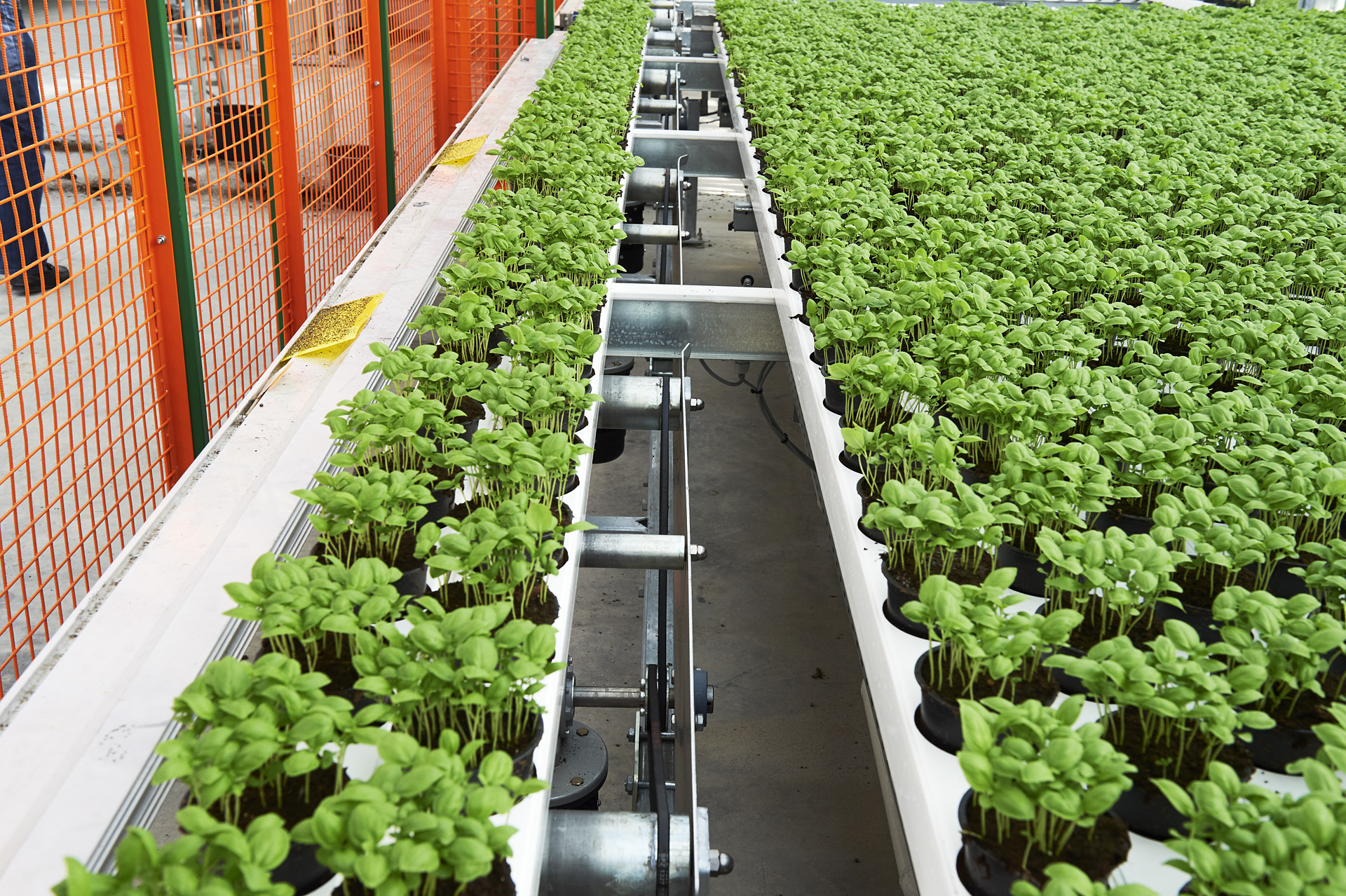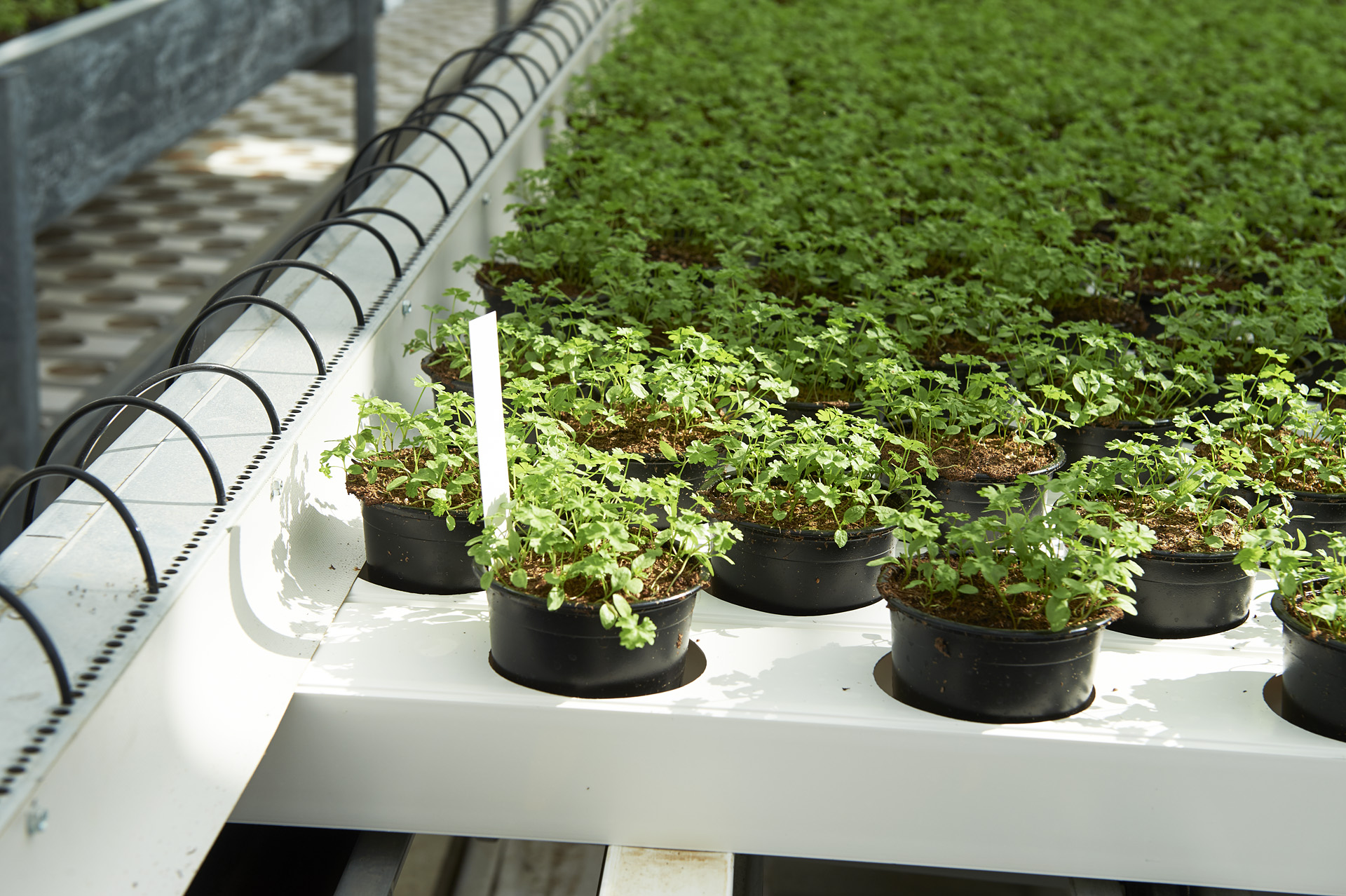Organic indoor farming is becoming a popular way to grow healthy, fresh food in cities. Instead of using traditional farmland, crops are grown inside greenhouses and structures where light, temperature, and water are carefully controlled. This helps city populations get local, fresh produce without relying as much on regular farming methods.
However, as the organic food movement gains traction, an important question arises: Can indoor farming truly be organic? And, more importantly, can produce from indoor farms be certified as organic?
In this article, we will dive into the challenges and nuances surrounding organic certification for indoor farming, the various definitions of organic farming in different regions, and the future of this agricultural model.
What Is Organic Indoor Farming?
Organic farming is a method of agriculture focused on sustainability, soil health, and the exclusion of synthetic chemicals. It avoids the use of harmful pesticides, herbicides, and fungicides, instead relying on natural processes like crop rotation, composting, and organic fertilizers such as manure. Organic farming also prohibits genetically modified organisms (GMOs) and emphasizes biodiversity to ensure that farming practices support the surrounding ecosystem.
However, the foundation of traditional organic farming is rooted in soil health, an essential element often missing from many indoor farming systems. Methods like hydroponics, aeroponics, and aquaponics typically forgo soil in favor of water-based solutions or other mediums, raising the question of whether indoor farming can be truly organic. Here is a basic overview:
Can Indoor Farming Be Organic?
The answer to whether indoor farming can be organic is not straightforward. It depends largely on regional certification rules and the specific farming practices employed. While indoor farming often aligns with many core organic principles, such as avoiding synthetic chemicals and using non-GMO seeds, the question of organic certification boils down to regulatory interpretation.
In different regions around the world, the criteria for organic certification vary, creating confusion for indoor farms that wish to label their products as organic.
Organic Certification in the EU
In the European Union (EU), organic certification is a highly regulated process. According to the EU’s Organic Food Certification Regulation, only farms that grow crops in soil can be granted organic certification. As a result, indoor farms utilizing water-based systems or other soil-free methods are excluded from certification, despite following organic practices like using natural fertilizers and avoiding harmful chemicals. The EU’s emphasis on soil health as a core principle of organic farming is a barrier for indoor farms aiming to achieve organic status.
Organic Certification in the USA
In contrast, the United States has a more flexible stance on indoor farming and organic certification. The USDA (U.S. Department of Agriculture) allows hydroponic farms to apply for organic certification as long as they meet specific organic standards. These standards include the use of non-GMO seeds, the avoidance of prohibited substances, and practices that promote sustainability. This regulatory framework opens the door for indoor farming in the U.S. to participate in the organic movement, even if soil is not involved.
Organic Certification in the United Kingdom
Following Brexit, the United Kingdom established its own organic certification system, although it remains largely aligned with the standards previously upheld under the European Union.
Certification is managed by organizations such as the Soil Association and Organic Farmers & Growers (OF&G). UK regulations continue to emphasize the prohibition of synthetic chemicals and genetically modified organisms (GMOs), the use of natural pest control methods, and strict welfare standards for organic livestock, including access to pasture and organic feed. While the UK remains in step with EU principles for now, there is room for future divergence as national agricultural policies evolve.

Organic Certification in Canada
In Canada, organic farming is regulated through the Canadian Organic Standards and enforced by the Canadian Food Inspection Agency (CFIA). The system shares many similarities with its counterparts in the EU and USA. Canadian organic certification requires producers to avoid synthetic pesticides, fertilizers, and GMOs, to use organic feed for livestock, and to maintain soil fertility through sustainable practices such as crop rotation and composting. Canada’s organic certification is internationally respected, allowing producers to participate in global organic markets through trade equivalency agreements.
Organic Certification in Australia
Australia operates under the National Standard for Organic and Biodynamic Produce, with certification overseen by Australian Certified Organic (ACO) among others. Organic production in Australia emphasizes natural pest control, the use of compost and other organic soil enrichments, and the prohibition of synthetic inputs and GMOs. The national approach promotes environmental stewardship and food integrity, making Australian organic products well-regarded in both domestic and international markets.
Organic Certification in Japan
Japan’s organic farming sector is regulated by the Japanese Agricultural Standards (JAS). The certification process requires producers to avoid synthetic pesticides and fertilizers, reject the use of GMOs, and ensure full traceability throughout the production chain. JAS certification is recognized for its rigorous procedures and strong consumer protections, reinforcing the credibility of organic products in the Japanese market and abroad.
Organic Certification in China
China has developed its own system known as the China Organic Product Certification (COFCC). Like other global standards, it prohibits the use of synthetic chemicals and GMOs, while promoting the use of organic fertilizers and environmentally responsible farming practices. Although the framework is increasingly aligned with international norms, challenges related to enforcement and transparency still remain. Nonetheless, improvements continue as China aims to build greater trust in its organic certification.

Organic Certification vs. Organically Grown
It’s important to differentiate between organic certification and organically grown.
- Organic Certification refers to the formal process in which farms undergo inspections and audits to ensure they meet established organic standards. In the U.S., for instance, farms that meet USDA Organic standards can display the USDA Organic seal, indicating their compliance with organic regulations.
- Organically Grown, on the other hand, refers to crops that are cultivated using organic practices (e.g., avoiding synthetic chemicals, using organic fertilizers) but do not go through the official certification process. While these crops may follow organic principles, they cannot be marketed as organic unless they are certified.
This distinction is crucial for consumers who want to make informed decisions about the food they purchase.
Best Crops for Organic Indoor Farming
When selecting crops for organic indoor farming, it is essential to choose plants that thrive in controlled environments. Certain crops, particularly leafy greens and herbs, are well-suited for soil-less systems such as hydroponics.
- Lettuce: Varieties like Romaine, Butterhead, and Iceberg are commonly grown indoors. Lettuce grows quickly and can be harvested multiple times, making it an excellent choice for indoor farming systems.
- Herbs: Basil, cilantro, parsley, and mint are perfect for organic indoor farming. These herbs require minimal space and can be cultivated in compact systems, making them ideal for urban environments.
- Other Leafy Greens: Spinach, arugula, and similar greens are also well-suited for indoor farming. These crops thrive in controlled indoor environments, where pests and extreme weather are no concern.

The Future of Organic Indoor Farming and How Viemose DGS Can Help
As the demand for organic produce continues to rise, organic indoor farming is becoming a viable and scalable solution, despite regulatory challenges in some regions. With efficient soil-free systems like hydroponics and aeroponics aligning with organic principles, this method offers a path toward fresh, pesticide-free, and locally grown food, particularly in urban areas with limited farmland.
Whether certified or not, organic indoor farming enables growers to produce high-quality crops in a resource-efficient, controlled environment. As the global conversation around organic standards evolves, more regions may begin to recognize these practices within organic certification frameworks.
Viemose DGS supports this transition by providing cutting-edge systems tailored to organic indoor growing. Our Moving Gutter System is a key innovation, designed to optimize space, ensure consistent crop quality, and support the efficient, hygienic production of leafy greens and herbs under organic conditions.
With decades of experience in horticultural technology, we offer complete system solutions and expert support to help growers succeed in the future of efficient agriculture. Let us help you build your ideal organic indoor farming setup – efficient, scalable, and ready for tomorrow.





